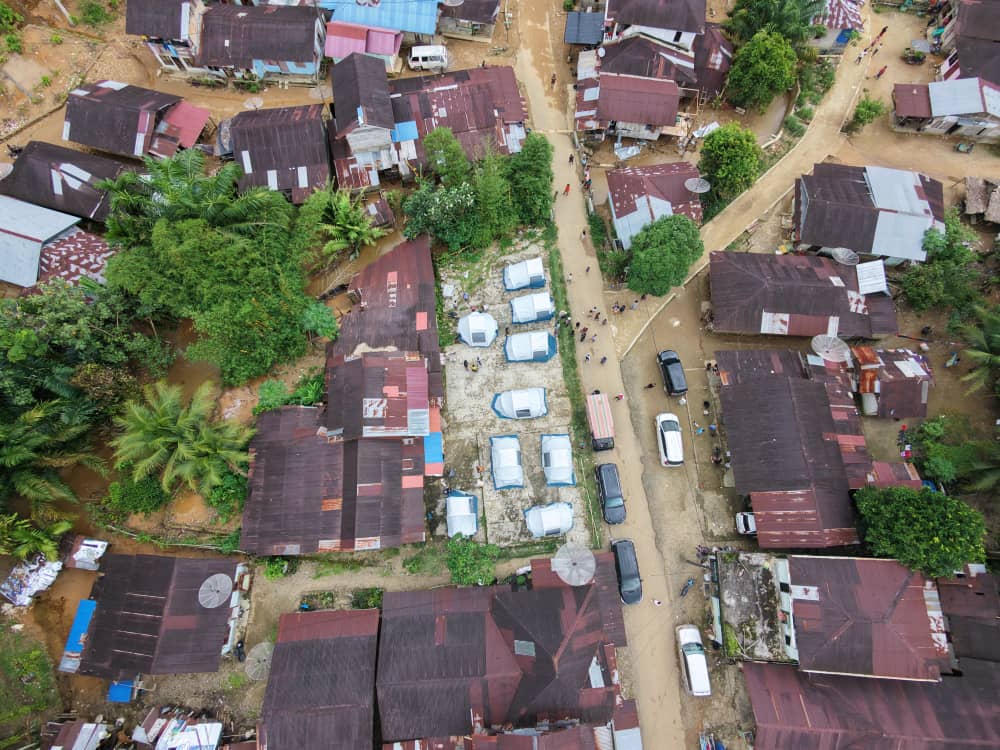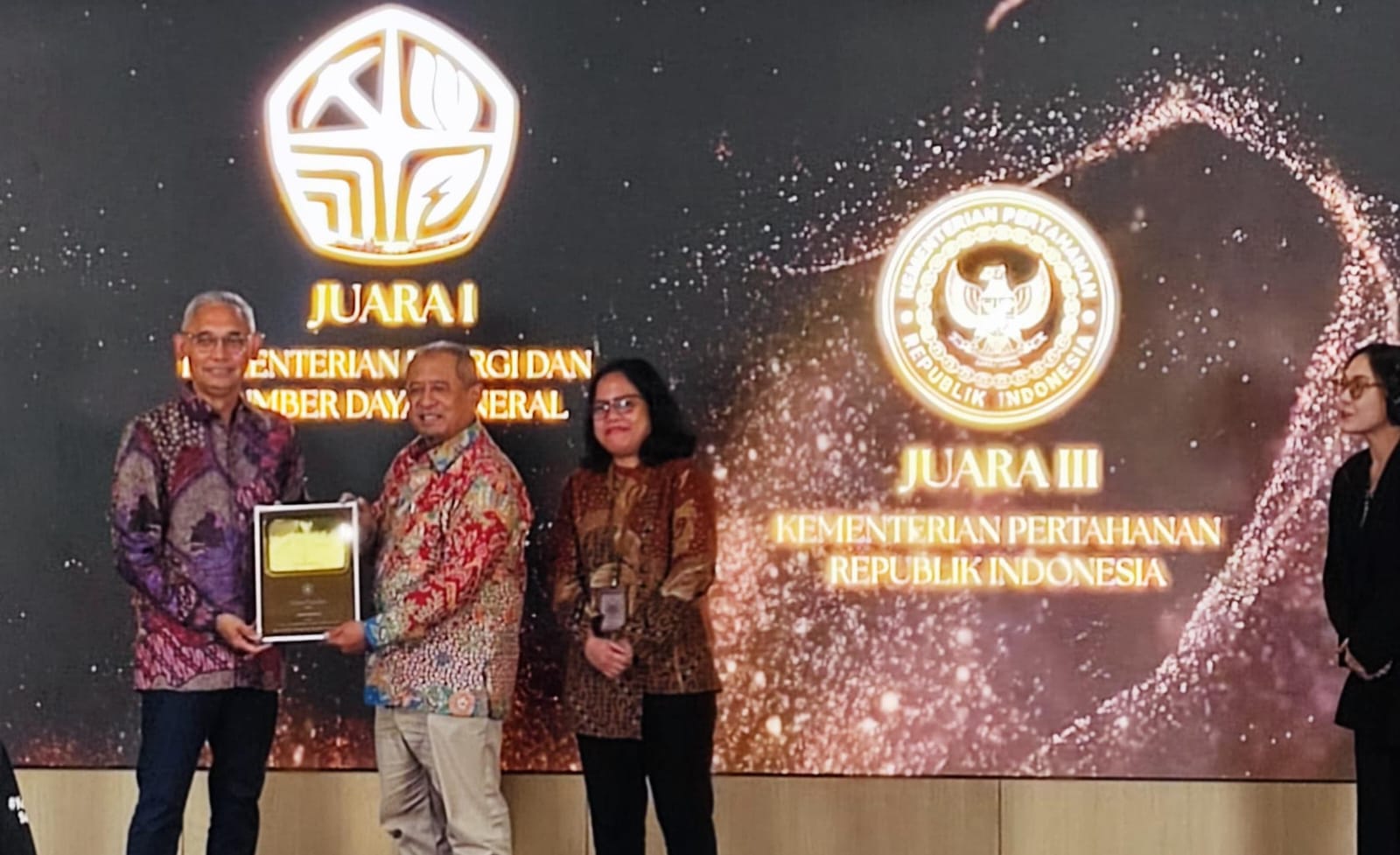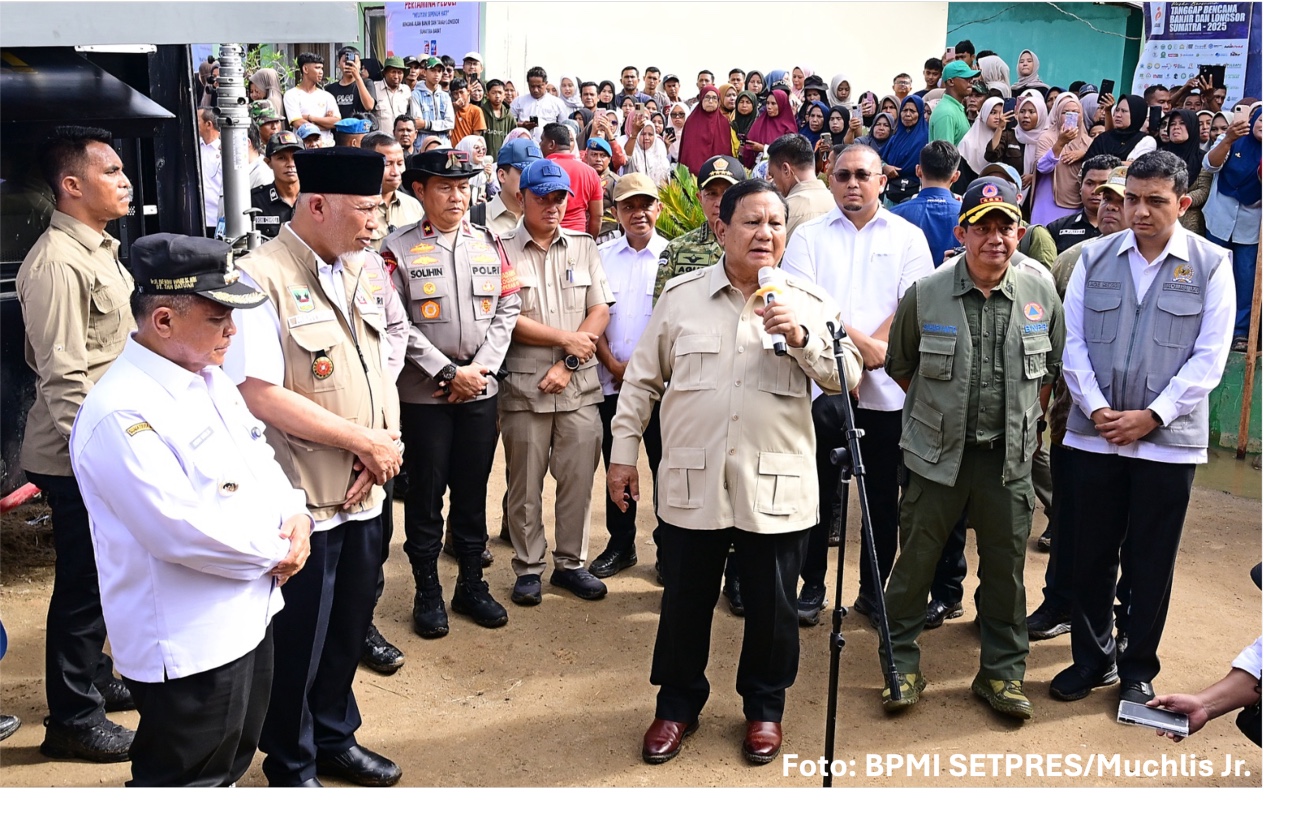
Electrification Ratio Reached 99.20% in 2020, Says Electricity Director General
MINISTRY OF ENERGY AND MINERAL RESOURCES
PRESS RELEASE
NUMBER: 014.Pers/04/SJI/2021
Date: 13 January 2021
Electrification Ratio Reached 99.20% in 2020, Says Electricity Director General
The Ministry of Energy and Mineral Resources (EMR) released the performance report of the electricity subsector in 2020 on Wednesday (13/1).
"The electrification ratio is a bit off target. Although we set a target of 100%, but it turned out that we could only realize 99.20%. As Minister of EMR said, this year we'll try to meet the 100% target. Although we realize that the number of households grows by about one million annually, we'll consider this fact to ensure that these households immediately have access to electricity," said Director General of Electricity, Rida Mulyana, at the virtual press conference.
The Indonesian Government also focuses on the development of Battery Electric Vehicles (KBLBB) infrastructure. Until December 2020, the number of public recharging stations (SPKLU) had reached 93 units at 66 locations.
"The fact is we were prevented by the Covid-19. Out of target 168, we could build 93. This means only 55% of the target. We've noted this down, and in the future, with various attractive incentives, we hope the number of SPKLU will grow in line with the increasing number of electric vehicles," said Rida.
Next, power generation capacity grew by 2,866.6 Megawatt (MW), electricity transmission 2,648 circuit kilometers (ckm), and substation capacity 7,870 Mega Volt Ampere (MVA).
"It is reasonable to assume that delays were due to the Covid. A good example of this is the construction of power plant. Because field activities are restricted, especially when foreign workers are involved, COD target had to be delayed. That's why we couldn't meet our 2020 targets. Because power plant construction was delayed, construction of substations and transmission lines was delayed, too. We can see the growth of each field is quite similar, between 50%-60%," explained Rida.
Rida went on to explain that distribution lines had increased by 27,434 ckm, while distribution substations by 2,590 MVA. According to calculation at the end of 2020, the per capita electricity consumption reached 1,089 kilowatt-hour (kWh) or 95% below the target set in the 2019 national medium-term development plan (RPJMN) of 1,142 kWh. Consumption fell short of target because the Corona Virus Disease 2019 (Covid-19) pandemic has caused electricity consumption by the industrial and business sectors to decline.
"[Electricity consumption] In household rose, but in industry and business fell drastically. The resultant per capita consumption in 2020 did not meet target. The realization was quite good, though, at 95% of the target," added Rida.
On the same occasion, Rida spelt out that the national System Average Interruption Duration Index (SAIDI) or the average total duration of outages was 12.72 hours per customer per year, below target 15 hours per customer per year. Meanwhile, the national System Average Interruption Frequency Index (SAIFI) or the average number of service interruptions experienced by a customer in a year was 9.25 times per customer per year, below target 10 times per customer per year.
Smart grid development in 2020 reached the target of 5 locations. Next, system Reserve Margin was recorded at 30.10% or over the target which was set at 25%. Electricity investment amounted to USD7.04 billion or 59% of target USD 11.95 billion. Power line losses in 2020 was registered at 8.39%, lower than target 9.2%. Moreover, CO2 emission reduction at power plants totalled 8.78 million tonnes or almost double the target of 4.71 million tonnes (186%).
Power plant average efficiency was logged at 78.46%, almost meeting the target of 78.88%. Electricity production was 272.42 TWh or 80% of target 339.082 TWh. The number of electricity customers, however, exceeded target, namely at 78,663,155 customers. Investigation of electricity theft (P2TL) had been conducted at three target regions.
Rida also explained that the amount of subsidized electricity sales reached 98% of the target, namely at 61,400.15 GWh. The portion of local components (TKDN) reached 40.13%, exceeding the target which was set at 33%. (IY)
Head of Bureau of Communication, Public Information Services, and Cooperation
Agung Pribadi (08112213555)
Share This!






